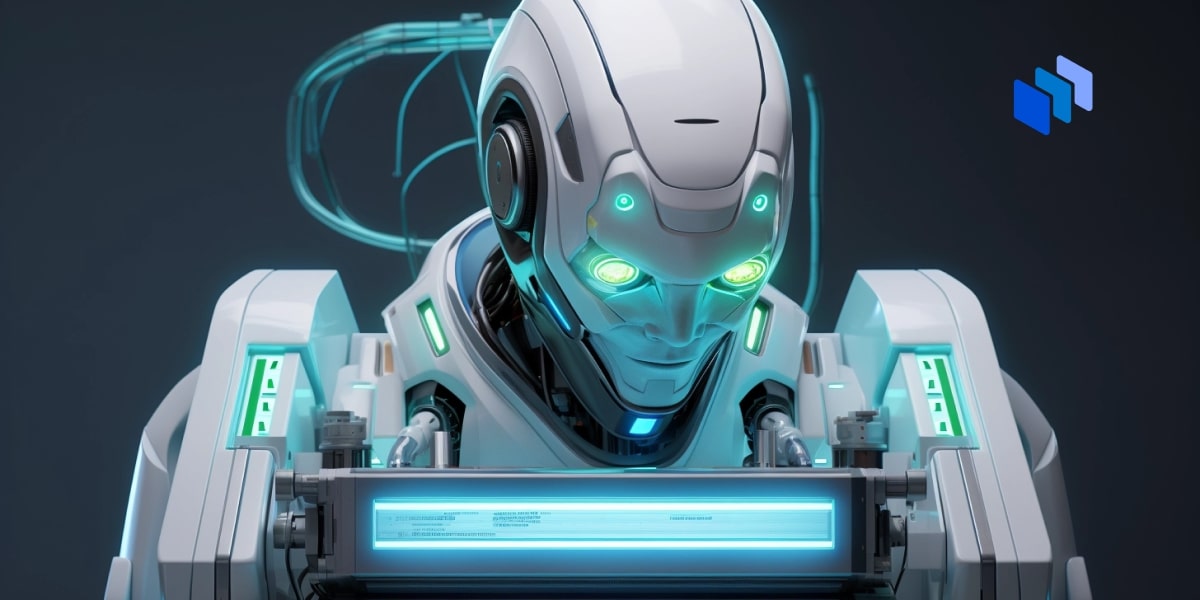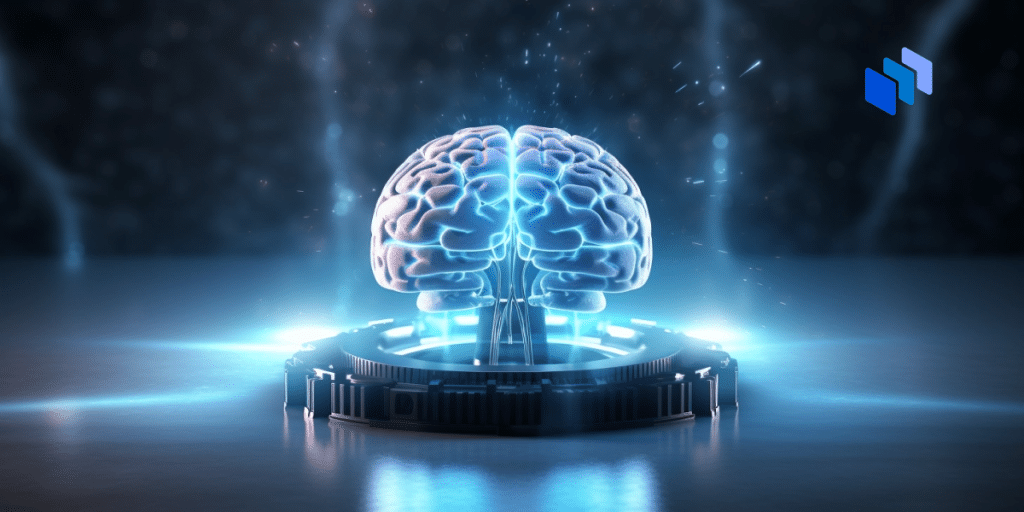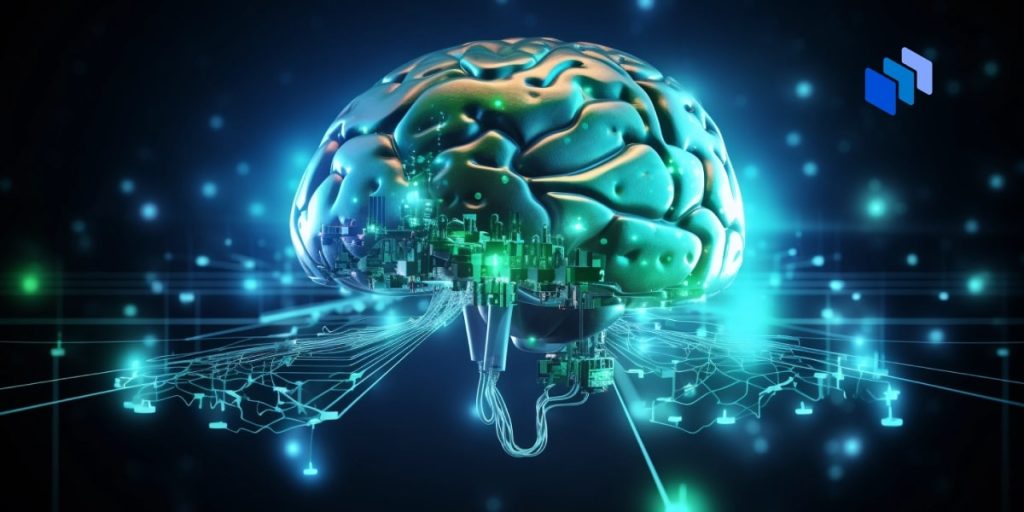The pressure for AI adoption is on. With 55% of organizations in pilot or production mode with generative AI, more and more business leaders are looking to automate and streamline their operational efficiency.
However, as enterprises commit to investing in AI, it’s easy to overlook the emotional impact on employees.
At the top of the list of these concerns is the idea that AI will eliminate employees’ jobs or make them “useless.” This is a reasonable concern, particularly when considering that Goldman Sachs is estimating that 300 million jobs will be lost to AI.
At the same time, even in scenarios where AI is embedded into the workplace, organizations need to be cautious not to automate work that employees find meaningful.
While it’s natural for organizations to leverage technology as a force multiplier, it’s crucial not to neglect employee well-being in the process.
Automating the Mundane
Being productive and completing small tasks is something that many people find rewarding. At home, day-to-day activities like cleaning, cooking, reading a book, or even checking tasks off of a to-do list can give one a small sense of accomplishment.
In this sense, it’s worth considering whether automating every task is advisable. For instance, employees may feel productive completing simple tasks like creating documents, filling out invoices, or other forms of data entry, which might be considered mundane or “trivial” and prime for automation.
Megan Smith Branch, AI Ethics Operations Research Analyst, Lead Associate from Booz Allen, told Techopedia:
“The mundane tasks that are performed daily can sometimes provide a degree of psychological solace to employees. For example, a simple task like addressing emails may act as a segue into the core workday – meaning such repetitive tasks are serving as a conventional benchmark for productivity.”
Branch explained: “Removing these tasks might actually lead employees to question their value or doubt their contribution capabilities. The introduction of AI to lessen some repetitive tasks was originally aimed at diminished employee burnout – but possible without proper change management that expectations for output and performance of intricate tasks will increase, potentially leading to burnout.”
The analyst’s comments indicate that employees shouldn’t be expected to work on high-performance, intensive tasks all the time, and there have to be some less-intensive tasks in the workplace to give employees some cognitive downtime.
Using AI to Complete More Creative Work
One approach that organizations can take to ease concerns over automation is to use upskilling and reskilling to teach employees how to use AI-driven systems more effectively.
Alex Kotran, CEO at aiEDU, told Techopedia: “It’s understandable that some people feel anxious about AI and what it means for their jobs. Everything is changing fast, and when your livelihood could be impacted, that causes real worry.
“But with the right training and preparation, AI can actually empower people to do more fulfilling work – it’s a tool that will help professionalize various professions.”
“The key is ensuring employees have basic proficiency to effectively collaborate with AI systems rather than be impacted by them. We want to give people the confidence, skills, and agency to see AI as a force multiplier, not a robot coming for their job.”
Workers themselves seem to be open to adopting new skills to thrive in AI environments, with a study from Salesforce finding that 54% of workers believe generative AI will advance their career, with 62% reporting that generative AI will require a new set of skills at work.
Giving Employees a Voice
Another approach to helping manage employee’s concerns is to give them a greater say in what processes and workflows are automated. This gives an opportunity for employees to continue to work on the tasks they find rewarding while finding ways to eliminate tasks that they find draining.
Failure to do so could lead to workers becoming disengaged and hostile toward AI. The Writers Guild of America has demonstrated how workers can resort to collective bargaining to influence the use of AI. Therefore, initiating early discussions with both skilled workers and leadership can serve as an effective strategy for steering AI in a desired direction and preventing potential issues.
So, if organizations want employees to look at AI as a collaborator rather than a threat, as Kotran suggests, enterprises need to give employees a greater say in adoption and reskilling opportunities.
The Bottom Line
Fostering an open dialogue with employees is crucial for addressing any concerns they may have regarding the potential impact of automation.
By maintaining close communication, organizations can identify opportunities to harness AI in ways that enhance the workplace while minimizing disruptions to their daily routines.










